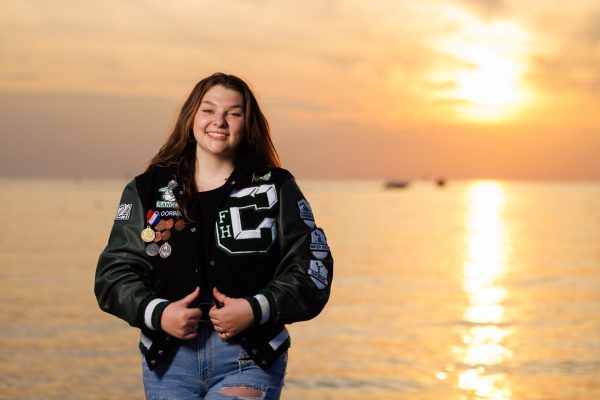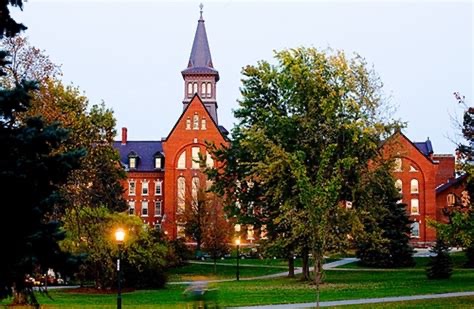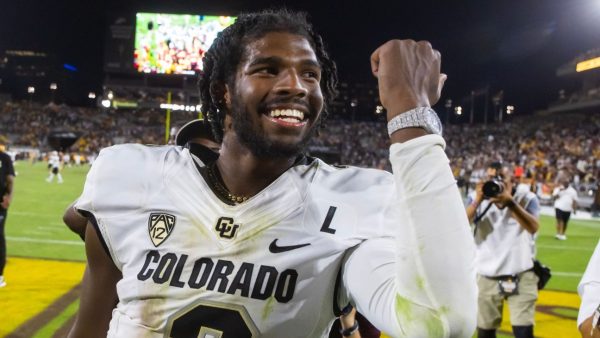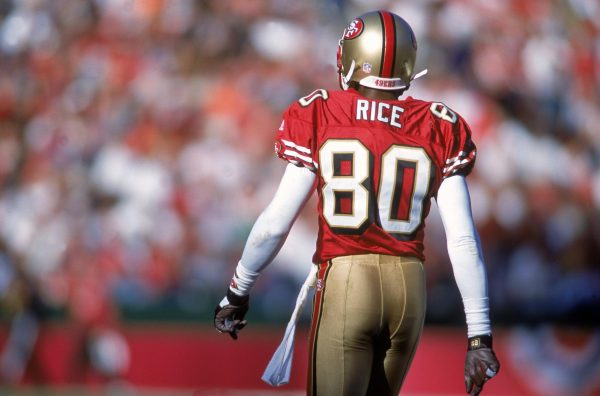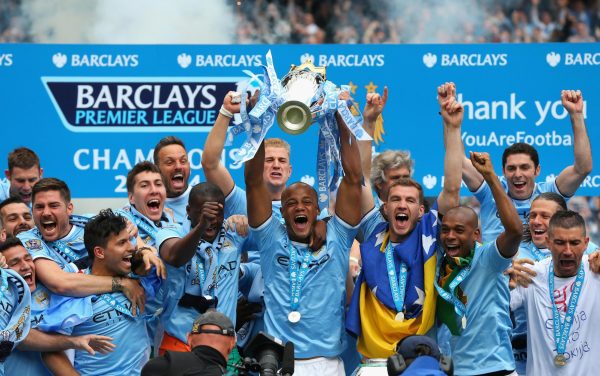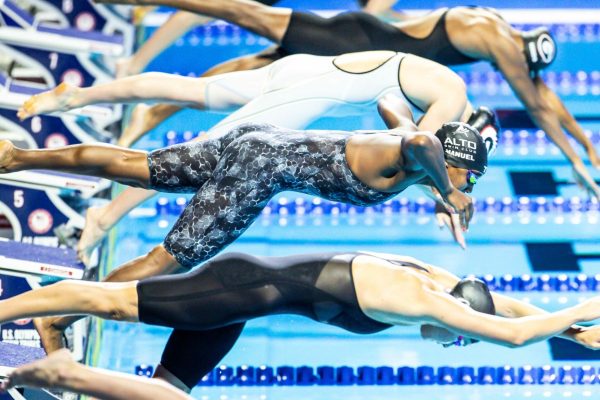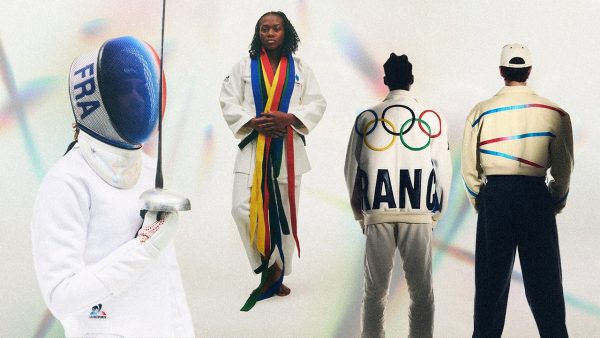The NBA bubble: fluke or for real?
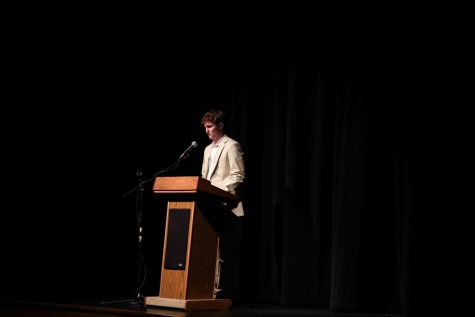
More stories from Thomas Cobb
Dating all the way back to March of 2020, the postponement of the NBA season due to the COVID-19 outbreak created many questions surrounding the league. After plenty of discussions and problem-solving, commissioner Adam Silver announced that the remainder of the 2020 NBA season would take place in Orlando, Florida.
In the end, the league’s decisions paid off. Not a single player, staff member, or worker contracted the virus en route to a fully-played finish to the season. With LeBron James and the Los Angeles Lakers emerging as NBA champions, the 190 million-dollar investment seemed to be a worthy splurge.
Regardless, the bubble’s environment and scenario may have had an extremely large impact on the season’s outcome. With the 2021 playoffs in full swing, several instances compared with last year have made fans scratch their heads. While successful, it is difficult to ignore the wacky headlines and stories that permeated the 95-day bubble.
The NBA finals, ironically, was probably the least focused-on aspect of the bubble for fans. Instead, it was the early stages in July and August and the incredible storylines that came along with it. Whether it was T.J. Warren shattering his career scoring records for the Indiana Pacers or the Phoenix Suns catching fire to a massive extent, the bubble presented a new look for basketball. Rather than the loud, hostile, crowd-dominated environments, the narrative of the bubble involved more of a players’ touch and the ability to control a game’s tempo and pace.
With every mind-numbing week that went by, the players were constrained to their respective areas (when not practicing or playing games) that consisted of a small room and workout areas. Several stars, such as LeBron himself, voiced the struggles that came along with the bubble.
“I would be lying if I sat up here and knew that everything inside the bubble, the toll that it would take on your mind and your body and everything else because it’s been extremely tough,” LeBron claimed. “But I’m here for one reason and one reason only, and that’s to compete for a championship.”
Likewise, a plethora of other events occurred to stigmatize fans with the idea that the bubble was a fluke. Perhaps the most relevant example is the Miami Heat, who seemingly breezed to the NBA Finals in the bubble. During this run, the Heat knocked off Giannis Antetokounmpo, the MVP, and his Milwaukee Bucks along with Jayson Tatum’s Boston Celtics. The Miami Heat’s play in this three-month stretch truly displayed the abnormalcy of the bubble. Currently, Miami trails the Bucks 3-0 in the first round of the 2021 playoffs. Even with the offseason upgrades, the Heat have failed to showcase the magic that the team captured last summer.
As Jamal Murray and Donovan Mitchell traded 50-point games in the first round of the bubble playoffs, it became clear that this was a shooter’s environment. With no fans, the depth perception when lining up a shot became much less of a factor with a gym wall right behind it. This allowed outside shooters to take over and knock down shots at will, similar to the way a player might perform in a pick-up game.
All in all, the NBA bubble’s atmosphere created just what fans needed—a break from the pandemic and a deep dive into the world of sports. However, this expensive rush into action by the NBA posed a much different opportunity for various teams and players. As a result of the bubble’s external factors and imperfections, the NBA season concluded with a controversial narrative surrounding it. While many fans were just excited to watch basketball again, this was all undermined by certain people’s expectations for the league and how the bubble created a “fluke” to be forever engrained in NBA history.

Thomas Cobb is a senior at FHC, working as an editor in his second year on staff. Over the years, he has experimented with football, basketball, baseball,...



